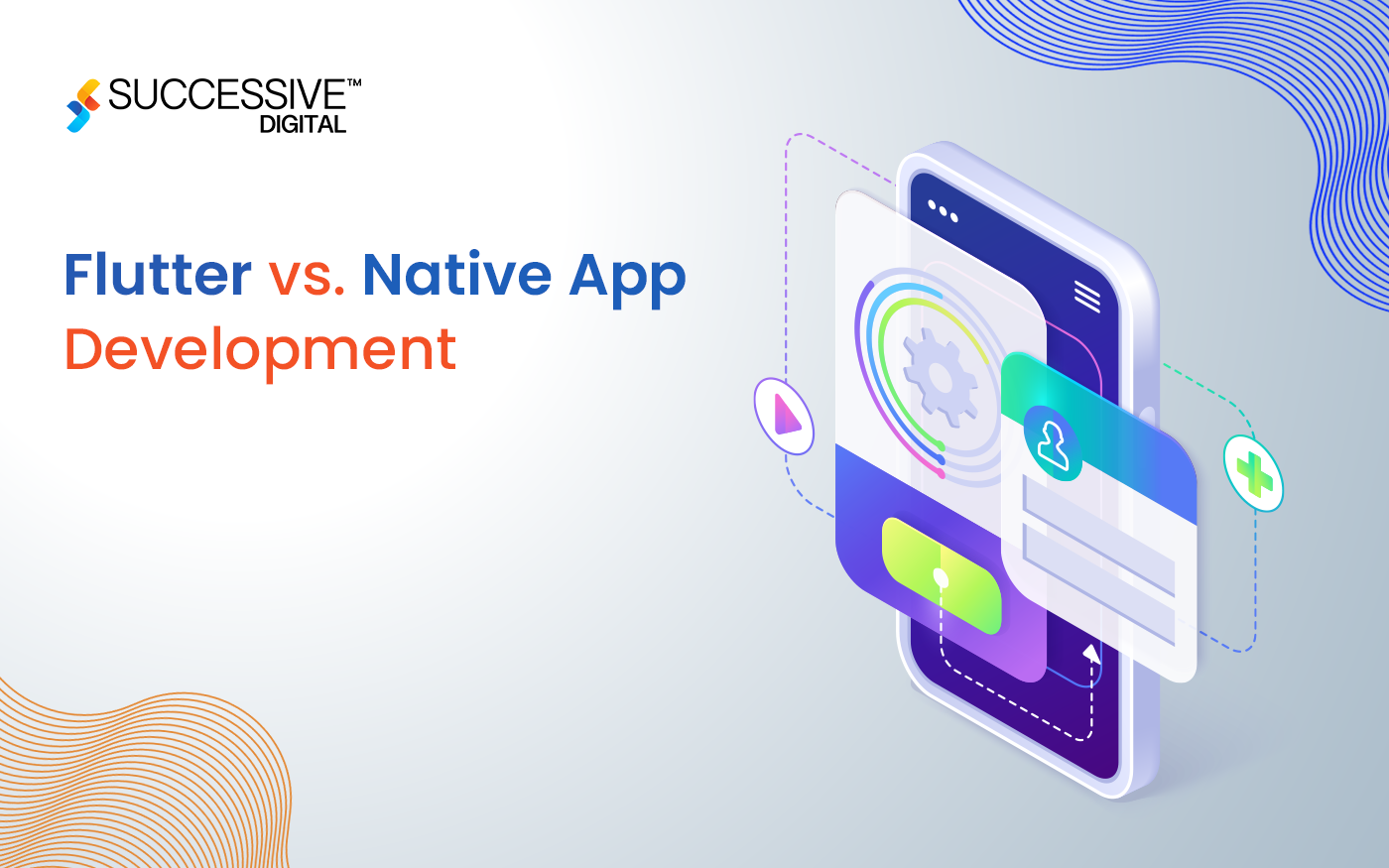Have you experienced AI-based hyper-personalization? No? I bet you have. Remember the notifications from Swiggy, Zomato, or Uber Eats during your lunch hour, reminding you of your favorite dishes? It is a simple example of the use of hyper-specialization through AI.
What is hyper-specialization?
It is a step ahead of the old school definition of specialization. Brands portraying that they know about you and care for your choices, preferences, etc. through notifications pop up reminders and specially crafted emails are hyper-personalization.
What is the role of AI in hyper-specialization?
AI helps in the functioning of the whole idea behind the hyper-specialization. It works through consumer data. Using consumer data like past experiences, reviews, purchases, and even clicks, the AI draws patterns and reaches conclusions that are further used by the companies in the hyper-specialization.
Role of AI-based hyper-specialization in today’s world-
In today’s world, 81% of consumers want brands to understand them better and know when and when not to approach them. As they are tech-savvy and well informed, they want the technology to make their life easier. They prefer the websites and brands which show what they want exactly when they want that and, when this connection is poor, they move on to a better one. As per cmo.com, consumers are willing to pay even more for consumer-friendly experiences, which are speedy as well as efficient.
And, this advancement has not left the Finance industry untouched. Fintech companies have also started using AI-based hyper-specialization for providing better customer services and winning their trust.
What is Fintech?
It is a term used to describe the use of technology in rendering financial services to consumers. When a company uses software or other technology for payment and other commercial purposes, it is described as fintech.
Fintech and AI-based Hyper-Personalized
Everyone has a different source of finance, needs, and ways of using it. One structure cannot be suitable for all. Here is where data of financial institutions can be used to develop personalized structures as per the preferences and needs of the consumers.
Today, what consumers want are not limited services but various options that show their needs, choices, and requirements covering more and more areas of their financial sphere.
For example, financial companies use emails and notifications for advertising about insurance based on your age, nature of the job, and types of expenses.
By drawing patterns and deriving conclusions, banks send notifications of car loans and home loans, etc. Even though there are numerous benefits of personalization through AI, according to The Digital Banking Report, only 6% of financial institutions say they are deploying advanced personalization technology. Nowadays, the consumers want their fintech providers as any other retailer which takes care of their needs and suggests relevant product and services.
Nearly 90% of retail banking customers who are provided with personalization services are highly satisfied with the advice provided by their financial institution say they “definitely will” reuse their bank or credit union for another product. Time has come that the institutions develop themselves from personal connections to personalized connections to get the most advantage of the technologies and succeed in the game. It has become important that they rise above just basic transactions.












![How Much Does Food Delivery App Development Cost? [A Guide for Planning Your Budget Carefully]](https://successive.tech/wp-content/uploads/2024/08/Food-delivery-app.png)